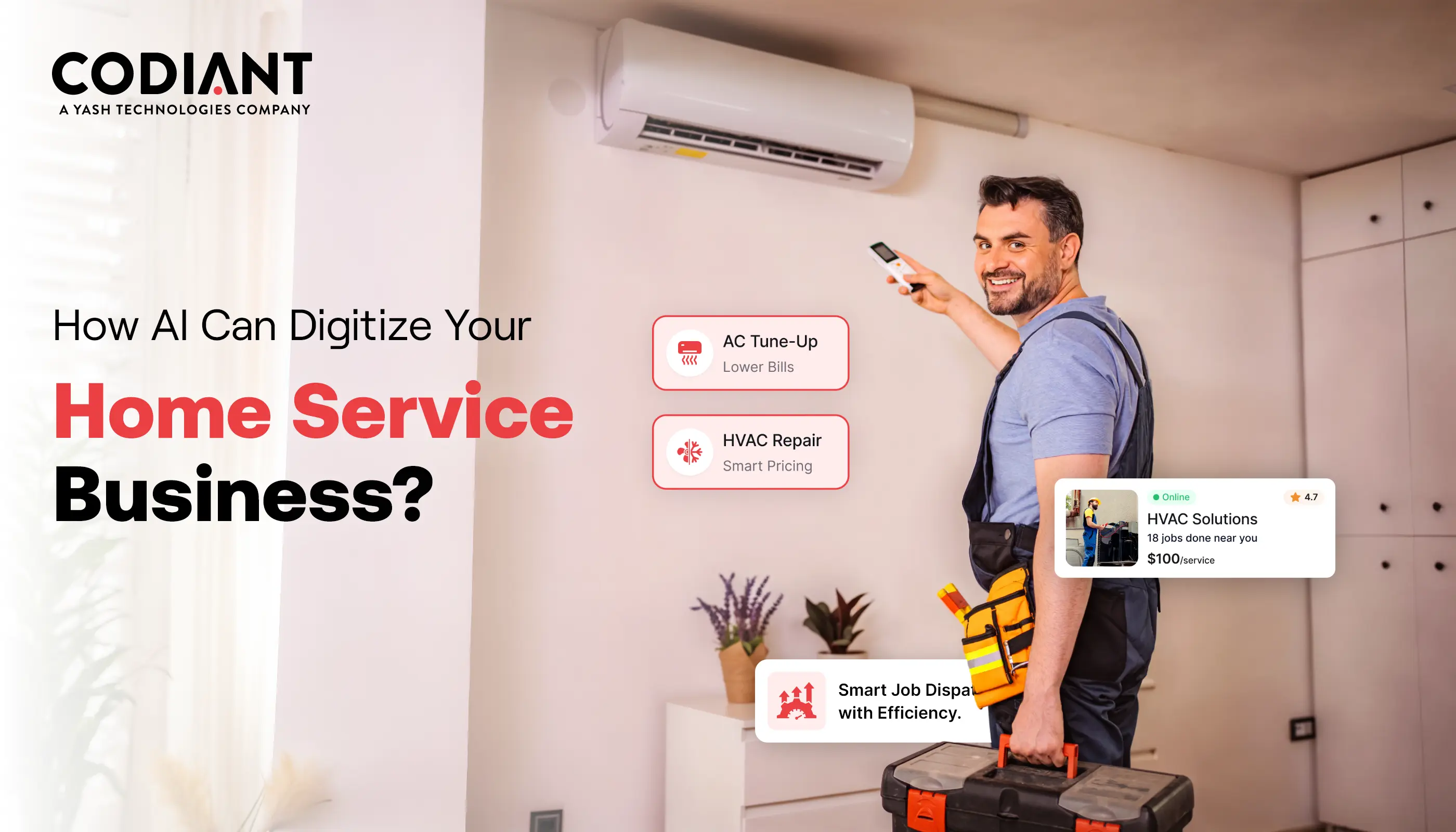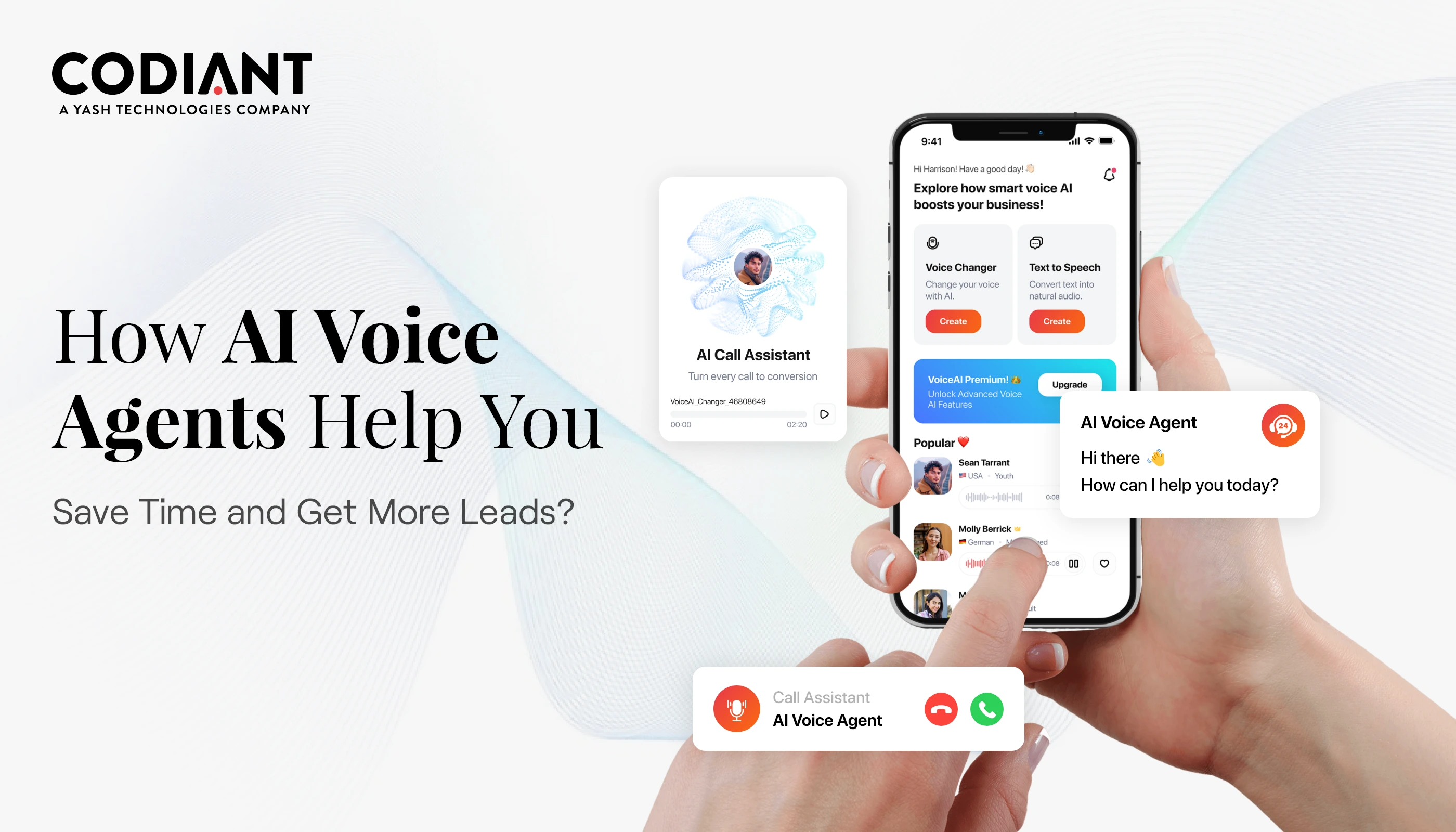Low-fidelity vs High-fidelity Design Prototypes
Table of Contents
Subscribe To Our Newsletter

Picture yourself an architect—would you build a structure without a blueprint? Or as a chef—would you create a new dish without first doing a taste test? Similarly, prototyping in design is like your blueprint and taste test all rolled into one.
What Are Prototypes?
 In terms of UI/UX design principles, prototypes are like early drafts of a product’s design. They show how product or feature will look and work. This helps designers, developers, and other stakeholders involved to understand the idea better and make perfections before working on the last step to build the real product. It can range from simple sketches to interactive models that simulate real-world functionality. There are two common types of prototypes-
In terms of UI/UX design principles, prototypes are like early drafts of a product’s design. They show how product or feature will look and work. This helps designers, developers, and other stakeholders involved to understand the idea better and make perfections before working on the last step to build the real product. It can range from simple sketches to interactive models that simulate real-world functionality. There are two common types of prototypes-
- Low-fidelity prototypes
- High-fidelity prototypes
Low-Fidelity Prototypes
 Low-fidelity prototypes are easy to build prototypes! They consist of fundamental wireframes or sketches that prioritize structure and flow without detailing the visual elements. These prototypes are the initial stage in the design process to understand the pattern. Its objective is to test the concepts, explore the overall structure and ensure the design is easy to use without focusing too much on the visuals.
Low-fidelity prototypes are easy to build prototypes! They consist of fundamental wireframes or sketches that prioritize structure and flow without detailing the visual elements. These prototypes are the initial stage in the design process to understand the pattern. Its objective is to test the concepts, explore the overall structure and ensure the design is easy to use without focusing too much on the visuals.
Key Features of Low-Fidelity Prototypes
- Simplicity: These prototypes use basic elements, like boxes and lines, to represent interfaces.
- Speed: Low-fidelity prototypes are fast to create and modify in a few minutes, making them ideal for early-stage iteration.
- Focus on Functionality: These prototypes primarily emphasize user flows, navigation, and core interactions.
At Codiant, our UX teams often ideate through low-fi prototypes. The reason is quite obvious- let’s realize it through the many benefits offered by low-fi prototypes.
Benefits of Low-fidelity Prototypes
- Cost-Effective: Low-fi helps companies save the costs that go in designing as they can fail quickly and inexpensively early on the project, before investing too much time and energy on it.
- Simple: It doesn’t require any special skill to create a low-fidelity prototype, any non-designer can create it easily.
- Collaborative: All the designers and developers involved, including the client, can remain on the same page by validating proposed functionalities and flow.
Limitations of Low-fidelity Prototypes
- Rely on Assumptions: The assuming and imaginative state of a low-fi prototype makes it unpredictable for users to test, what will actually work and what not. This uncertain or highly-ambiguous nature limits the exact result of the user testing.
- Offer Minimal Interactivity: With low-fi prototypes, only limited interactions can be presented. This limits the visualization of navigations, thus, making it less intuitive.
High-Fidelity Prototypes
 High-fidelity prototypes are highly functional, interactive, and detailed prototype models. They are also known as, high-fi prototypes! The user interface and user experience in hi-fi are well integrated and look nearly the same as the final software product.
High-fidelity prototypes are highly functional, interactive, and detailed prototype models. They are also known as, high-fi prototypes! The user interface and user experience in hi-fi are well integrated and look nearly the same as the final software product.
Hi-fi prototypes are often used in the final stage of the UX design process when the product is ready to be pushed for coding but before that has to undergo a final validation from real users and stakeholders to test its usability and identify issues in the product’s general workflow.
Key Features of High-Fi Prototypes
- Design Quality: High-fi has realistic, detailed, and intricate designs. It’s a complete pack of visual artifacts that covers all interface elements, graphics, color schemes, animations, etc. They look just like real app/web products.
- Content Accuracy: Hi-fi prototypes contain almost all the content that appears in the real product. The content used in it looks the same as a real app or website.
- Active User Interaction: Hi-fi prototypes are highly functional and interactive.
Also Read – Impact of Branding, Colours, and UI-UX Design on User Behaviour
Benefits of High-fidelity Prototypes
- Real Feedback: Unlike, low-fi prototypes, there is no uncertainty attached to high-fi. Since it looks like a real product, usability testing goes easy. Real users testing it can experience a more natural workflow as if they are using a real software product.
- Testability of Specific UI Elements or Interactions: With high-fi prototypes, UI components like animated transitions, micro-interactions can be tested with high interactivity.
- Effective for Stakeholder Demos: Hi-fi’s like-real product nature gives clients and stakeholders a real simulative environment where they can test, touch and feel how their real product would work like.
Limitations of High-fidelity Prototypes
- Costly: High-fidelity prototypes are more expensive than low-fidelity ones because designers spend more time on graphics, colors, and small interactions. UX writers also need to focus on user flow, content organization, microcopy, and writing text, following modern UI/UX design trends worldwide. However, these factors increase the overall cost of creating the prototype.
- Time-Consuming: Making high-fidelity prototypes takes more time than low-fidelity ones because the software used for high-fi requires more precision and attention to detail.
Tools for Prototyping in the USA
In the USA region, working on the right design tool is essential to making prototyping easier. With all the features needed for low and high-fidelity prototypes, Figma, Sketch, and Adobe XD are the best wireframing tools for USA startups and growing businesses.
Figma
Figma is a common tool that UI/UX designers use to create appealing designs. This design tool allows designers to work in real time and so, make it suitable for team to work from different locations. It helps designers create both simple and detailed designs with easy features that guide them through product development.
For Example: A leading company in the United States, namely Slack, uses Figma for collaborative prototyping. Designers create interactive wireframes and detailed prototypes, which are shared with product managers for testing.
Sketch
Sketch is a popular tool for UI/UX designers, especially for making detailed, high-quality prototypes. Its strong editing features help designers to create precise designs and deliver custom UI/UX design services USA. Although it doesn’t allow real-time collaboration like Figma, Sketch is known for its accuracy and many plugins that add extra features.
For Example: A trusted ride-hailing company in the United States, namely Uber, use Sketch for their high-quality prototypes. Its detailed design and ability to work with other tools like InVision and Marvel make it a great choice for teams focused on top-notch designs.
Adobe XD
Adobe XD is one of the best prototyping tools for UI/UX designers in the USA. It allows designers to create simple wireframes, detailed prototypes, add animations and transitions for realistic previews. Due to its user-friendly interface and connection to other Adobe Creative Cloud products, Adobe XD is much popular and used by several designing and development agencies in the USA.
For Example: Pinterest uses Adobe XD to design and create prototypes, allowing designers go from wireframes to final interactive models in one tool.
Latest Prototyping Trends in the USA: Accessibility and ADA Compliance
Today, inclusivity and accessibility are significant in design process, specifically in the United States of America. The Americans with Disabilities Act (ADA) establishes clear legal requirements to make digital spaces accessible to everyone, including individuals with disabilities. As a result, more IT companies are focusing on ADA compliance when creating prototypes and offering custom UI/UX design services USA.
1. Prioritize ADA Compliance
ADA compliance is helps create digital products that are accessible to one and all. It sets certain rules for making public services (software, websites, and apps) usable for people with visual, auditory, mental, and physical incapacities.
By prioritizing ADA compliance, companies can build prototypes that meet legal standards and improve the user experience for everyone. Whether it’s through clear visual contrast, easy navigation, or compatibility with modern technologies, inclusive design benefits all users.
Example – Figma is a widespread designing tool that can build create ADA-compliant prototypes. It includes features like contrast ratio analyzers and screen reader testing so that designers can check and improve their designs for better accessibility. In addition, it simplifies the process to ensure prototypes meet ADA standards in real-time.
Related reading: Detailed Comparison on Web App vs Mobile App
2. Incorporate Accessibility into Prototypes
When designers design with keeping accessibility in mind, they create design that could reach more people. This is why, whether it is simple wireframes or detailed designs, designers should focus on accessibility from the beginning. It ensures users with disabilities to navigate easily and understand the interface including adjusting font sizes, adding keyboard shortcuts, or ensuring content works with screen readers.
Example – Dropbox uses Figma’s accessibility features to create an inclusive interface. By following ADA guidelines, Dropbox makes sure that the platform is accessible to everyone.
Low vs High Fidelity Prototypes
Based on the stage of the UX design process and project objectives, you can select between low-fidelity and high-fidelity prototypes for mobile app development in the USA.
Low-fidelity prototypes are perfect for brainstorming and testing initial concepts, while high-fidelity prototypes offer a detailed version of the final product. Figma, Sketch, and Adobe XD are the best prototyping tools globally, that have streamlined the prototyping process, giving robust features that cater to both low and high-fidelity prototyping requirements. With a more attention on creating ADA-compliant prototypes, designing team use these tools to create more user-centered, effective, and inclusive products that resonate with modern design standards in the USA.
At Codiant, we lay the right foundation by designing a mobile app or web product. This not only ensures user satisfaction but also provides users with a compelling reason to return back to use for custom UI/UX design services USA.
Featured Blogs
Read our thoughts and insights on the latest tech and business trends
How to Digitize Your Home-Service Business with an AI-Powered Platform
- November 21, 2025
- Home Services
The home-service industry - covering HVAC, plumbing, electrical, and cleaning—has long relied on manual scheduling, phone-based bookings, and paper invoices. But as customer expectations shift toward instant communication and transparency, these traditional processes are no... Read more
How a Voice AI Agent Can Help You Get More Appointments and Leads
- November 17, 2025
- Artificial Intelligence
Missed calls, delayed responses, and lost leads are silent revenue killers for many businesses. In today’s fast-moving market, customers expect instant engagement - and that’s exactly where a voice AI agent for appointment booking steps... Read more
How to Integrate AI in Recruitment and Cut Hiring Time by 70%
- November 13, 2025
- Artificial Intelligence
Recruiting teams face a clear operational challenge: too much manual work and not enough qualified talent reaching the finish line. Even with modern ATS systems, most hiring workflows still depend on human-driven screening, coordination, and... Read more




